Pakistan a hard day By Anatol Lieven, book summary 2024, Free PDF
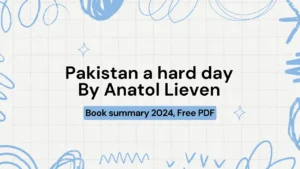
Introduction
In an era where geopolitical tensions and regional dynamics continue to shape our world, understanding Pakistan—a pivotal player in South Asian politics—has never been more crucial. Anatol Lieven’s “Pakistan: A Hard Country,” first published in 2011, remains an indispensable resource for anyone seeking to grasp the complexities of this enigmatic nation. This comprehensive summary, updated for 2024, distills the key insights of Lieven’s work while considering recent developments in political, social, and economic landscape.
Why should you read this summary? Whether you’re a student of international relations, a policy maker, or simply an engaged global citizen, this analysis offers:
- A nuanced perspective on Pakistan’s resilience and challenges
- Insights into the intricate web of kinship, religion, and politics that defines Pakistani society
- A foundation for understanding current events in Pakistan and their global implications
- Access to Lieven’s wealth of knowledge, condensed for easy consumption
As we delve into Lieven’s exploration of Pakistan’s multifaceted identity, we’ll uncover why, despite persistent predictions of its collapse, Pakistan continues to endure as a “hard country.” This summary will equip you with the context needed to interpret Pakistan’s role in regional conflicts, its internal struggles, and its potential trajectories in the years to come.
About the Author: Anatol Lieven
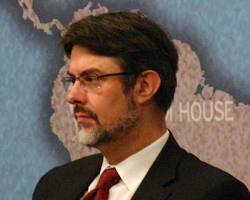
Anatol Lieven is not just another outside observer writing about Pakistan. His credentials and experiences make him uniquely qualified to provide an in-depth analysis of this complex nation.
- Academic background: Lieven is a professor at Georgetown University’s School of Foreign Service in Qatar. He holds a PhD from Cambridge University, specializing in political science and history.
- Journalistic experience: Before his academic career, Lieven was a journalist for The Times (London), covering Pakistan and Afghanistan extensively during the 1980s and 1990s.
- Think tank contributions: He has been associated with prestigious institutions such as the New America Foundation and the Carnegie Endowment for International Peace.
- Extensive fieldwork: Lieven’s analysis in “Pakistan: A Hard Country” is based on years of on-the-ground research, interviews with many Pakistanis, and firsthand observations of the country’s social and political dynamics.
- Other publications: He has authored several books on international relations, including works on Russia, Ukraine, and the broader themes of nationalism and security.
Lieven’s background combines academic rigor with practical, on-the-ground experience, allowing him to offer a perspective that is both scholarly and grounded in real-world observations. His approach in “Pakistan: A Hard Country” is characterized by:
- A rejection of simplistic narratives about Pakistan’s instability
- An emphasis on the country’s resilience and complex social structures
- A nuanced understanding of the interplay between tradition, religion, and modernity in Pakistani society
Book Overview and Context
“Pakistan: A Hard Country” was first published in 2011 by PublicAffairs, a member of the Perseus Books Group. The book quickly established itself as a seminal work on contemporary Pakistan, offering a fresh perspective that challenged many prevailing Western assumptions about the country.
Publication details:
- First edition: April 2011
- Paperback: 608 pages
- ISBN-10: 1610390237
- ISBN-13: 978-1610390231
Historical and political context: Lieven’s book emerged at a critical juncture in Pakistan’s history. In 2011, the country was grappling with:
- The aftermath of the 2007–2008 political crisis and the transition from military rule to civilian government
- Ongoing military operations against Taliban insurgents in the northwest
- The fallout from the 2010 floods, which affected over 20 million people,
- Tense relations with the United States, particularly after the raid that killed Osama bin Laden in Abbottabad
Against this backdrop, Lieven’s work provided a counternarrative to the prevalent discourse of Pakistan as a “failed state.” Instead, he argued for a more nuanced understanding of Pakistan’s resilience and the complex factors that contribute to its stability and challenges.
Key Themes in “Pakistan: A Hard Country”
Lieven’s analysis revolves around several core themes that provide a framework for understanding Pakistan’s socio-political landscape:
- resilience and complexity of Pakistani society
- Lieven argues that Pakistan’s apparent chaos belies a deeper order rooted in traditional social structures.
- He emphasizes the country’s ability to weather crises that would destabilize other nations.
- Role of kinship and patronage networks
- The book explores how family, clan, and tribal affiliations shape Pakistani politics and society.
- Lieven demonstrates how these networks both support and undermine state institutions.
- Interplay between religion, politics, and the military
- The author examines the complex relationships between Islamic traditions, political movements, and the powerful military establishment.
- He challenges simplistic views of Pakistan as a monolithic Islamic state, highlighting the diversity of religious expression and its political implications.
- Regional and ethnic diversity
- Lieven provides in-depth analyses of Pakistan’s major provinces and ethnic groups, illustrating how local dynamics influence national politics.
- He explores the tensions between centralization and regional autonomy that have shaped Pakistan’s history.
- The shadow of colonialism and partition
- The book traces how Pakistan’s colonial past and the trauma of partition continue to influence its national identity and relations with India.
- Pakistan’s geostrategic importance
- Lieven contextualizes Pakistan’s foreign policy decisions within its complex relationships with Afghanistan, India, China, and the United States.
Through these themes, Lieven paints a picture of a country that defies easy categorization—a nation that is at once fragile and resilient, traditional and modern, united and divided.
Chapter-by-Chapter Summary
Chapter 1: Introduction
Lieven sets the stage by challenging the prevailing narrative of Pakistan as a failed state on the brink of collapse. He introduces his central argument: Pakistan’s apparent instability masks a deeper, more resilient social and political order. Key points include:
- The importance of understanding Pakistan’s complex social structures
- The resilience of Pakistan’s traditional systems in the face of modern challenges
- An overview of the book’s methodology and structure
Chapter 2: The Struggle for Muslim South Asia
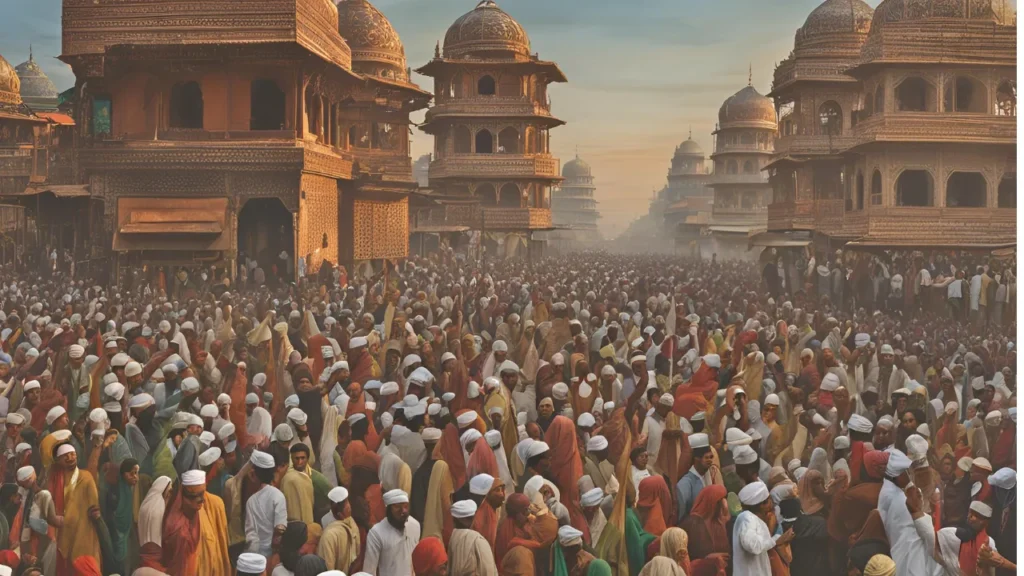
This chapter provides the historical context for Pakistan’s creation and ongoing challenges.
- The role of Muslim identity in the independence movement
- The complexities of partition and its lasting impact
- The development of Pakistani nationalism and its relationship to Islam
Chapter 3: The Foundations of Pakistan
Lieven examines the core elements that form the basis of Pakistani society and politics:
- The central role of kinship networks and patronage systems
- The influence of feudal and tribal structures on modern governance
- The interplay between traditional loyalties and state institutions
Chapter 4: Justice, Law, and Order
This chapter explores Pakistan’s legal system and the challenges of maintaining order.
- The coexistence of formal state law and traditional justice systems
- The role of the police and the challenges they face
- The impact of corruption and inefficiency on the justice system
Chapter 5: The Roots of Military Rule
Lieven analyzes the Pakistani military’s dominant role in the country’s politics:
- Historical factors leading to military interventions
- The military’s self-perception as guardian of the nation
- The complex relationship between civilian governments and the military establishment
Chapter 6: Varieties of Pakistani Political Behavior
This chapter delves into the diverse political landscape of Pakistan:
- The role of dynastic politics in major parties
- The influence of regional and ethnic identities on political affiliations
- The emergence and impact of populist movements
Chapter 7: Religion and Politics
Lieven examines the complex relationship between Islam and Pakistani politics.
- The diversity of Islamic traditions in Pakistan
- The rise of Islamist political movements
- The state’s attempts to manage and utilize religious sentiment
Chapter 8: The Afghan Factor
This chapter explores Pakistan’s complicated relationship with Afghanistan.
- Historical ties and strategic interests
- The impact of the Soviet-Afghan War and subsequent conflicts
- Pakistan’s Role in Afghan Politics and the challenges it Poses
Chapter 9: India and Kashmir
Lieven analyzes the enduring rivalry between Pakistan and India:
- The centrality of the Kashmir dispute in bilateral relations
- The impact of nuclear deterrence on the conflict
- Prospects for peace and normalization of relations
Chapter 10: The Future of Pakistan
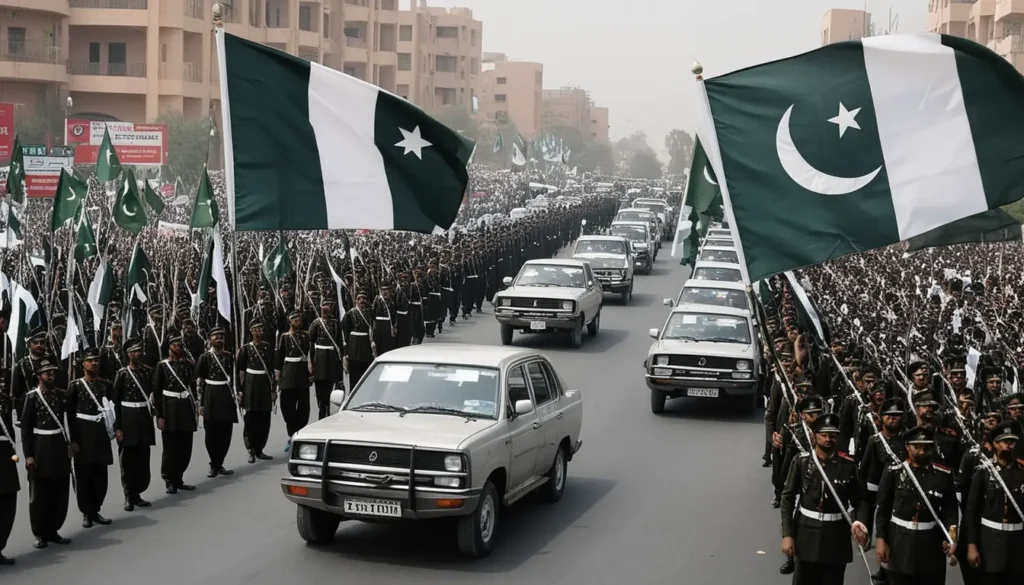
In the concluding chapter, Lieven offers his assessment of Pakistan’s prospects:
- Challenges to Pakistan’s stability and development
- Potential scenarios for Pakistan’s political and economic future
- Recommendations for policymakers and international actors engaging with Pakistan
Critical Reception and Impact
“Pakistan: A Hard Country” was widely acclaimed upon its release and has since become a standard text for those studying or working in Pakistan. Its reception can be characterized as follows:
Scholarly reviews:
- It is praised for its nuanced approach and rejection of simplistic narratives
- Appreciated for its extensive fieldwork and rich empirical data
- Some criticism for potentially underplaying the threats faced by Pakistan
Public reception:
- Widely read and discussed in policy circles and among general readers interested in South Asian politics
- Credited with changing perceptions about Pakistan’s resilience and complexity
Influence on Pakistan studies:
- It has become a key reference in academic courses on South Asian politics and society
- Cited frequently in subsequent works on Pakistan’s politics, society, and international relations
Relevance in 2024: Pakistan’s Current Situation
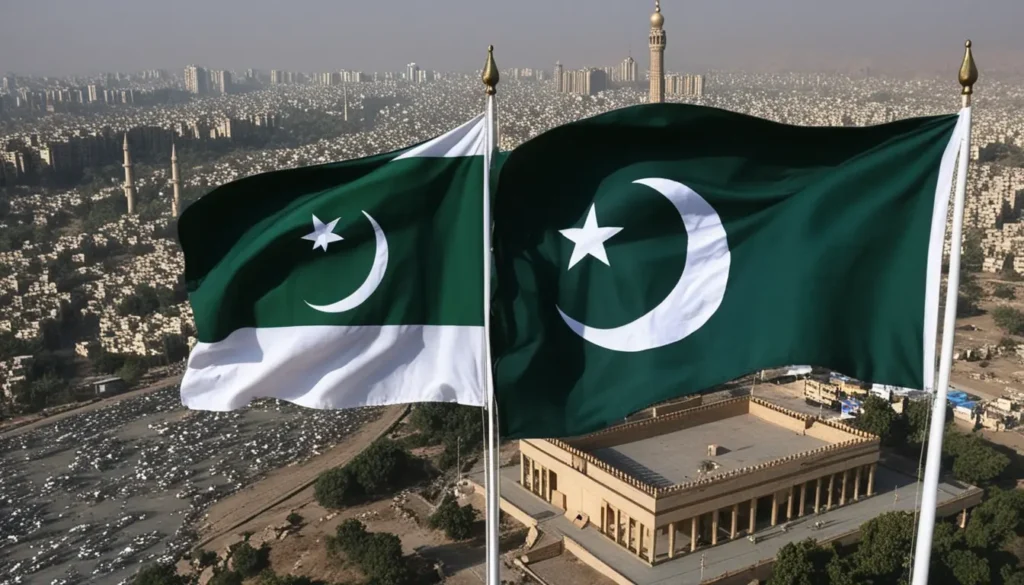
Since the book’s publication, Pakistan has undergone significant changes while also grappling with persistent challenges. Key developments include:
Political developments:
- Multiple transitions between civilian governments
- There are ongoing tensions between civilian leadership and the military establishment
- The rise of new political movements challenging traditional power structures
Economic challenges and progress:
- Continued struggles with debt, inflation, and unemployment
- Efforts to attract foreign investment, particularly through the China-Pakistan Economic Corridor (CPEC),
- Gradual improvements in infrastructure and energy production
The security situation and international relations:
- Evolving dynamics in Afghanistan following the U.S. withdrawal and Taliban takeover
- Fluctuating relations with the United States and deepening ties with China
- Ongoing tensions with India, with periodic escalations and de-escalations
Despite these changes, many of Lieven’s core insights remain relevant, particularly his emphasis on the resilience of Pakistan’s traditional social structures and the complex interplay between various power centers in the country.
Key Takeaways for Readers
- Pakistan’s apparent instability masks a deeper resilience rooted in traditional social structures.
- The country’s politics are shaped by a complex interplay of kinship networks, religious identities, and regional loyalties.
- Pakistan’s military plays a central role in national politics, acting as both a stabilizing and potentially destabilizing force.
- The diversity of Islamic traditions in Pakistan challenges simplistic notions of the country as a monolithic Islamic state.
- Pakistan’s foreign policy is heavily influenced by its relationships with Afghanistan, India, and increasingly, China.
- Understanding Pakistan requires moving beyond Western-centric analyses and appreciating the country’s unique historical and cultural context.
Also, Check How to Qualify for B.ED.: A Comprehensive Guide
How to Access the Free PDF
Legal disclaimer: While we provide information on accessing a free PDF of “Pakistan: A Hard Country,” we encourage readers to support the author and publisher by purchasing the book when possible. Free PDFs should be used for educational purposes and in accordance with fair use principles.
Download instructions:
- Visit reputable academic databases or open-access repositories.
- Search for “Pakistan: A Hard Country by Anatol Lieven PDF.”
- Verify the source’s legitimacy before downloading.
- Respect copyright laws and use the material responsibly.
Conclusion for Pakistan a hard day
Anatol Lieven’s “Pakistan: A Hard Country” remains a crucial text for understanding the complexities of modern Pakistan. By challenging prevailing narratives and offering a nuanced analysis of the country’s social, political, and cultural dynamics, Lieven provides readers with invaluable insights into a nation that continues to play a pivotal role in global affairs.
As we look to the future, the resilience and adaptability that Lieven identifies as core characteristics of Pakistani society will undoubtedly be tested by new challenges. Climate change, demographic shifts, technological disruption, and evolving geopolitical realities will all shape Pakistan’s trajectory in the coming years.
We encourage readers to engage critically with Lieven’s work, using it as a foundation for further exploration of Pakistan’s rich and complex reality. Whether you’re a student, policy maker, or simply a curious global citizen, understanding Pakistan is key to comprehending the dynamics of South Asia and the broader Muslim world.
Additional Resources
To further your understanding of Pakistan, consider exploring these related resources:
Books:
- “Crossed Swords: Pakistan, Its Army, and the Wars Within” by Shuja Nawaz
- “Military Inc.: Inside Pakistan’s Military Economy” by Ayesha Siddiqa
- “The Idea of Pakistan” by Stephen P. Cohen
Articles and reports:
- “Pakistan’s Political Parties” by the United States Institute of Peace
- “Pakistan’s Economic Challenges” by the International Monetary Fund
Documentaries:
- “Partition: The Day India Burned” (BBC)
- “Pakistan’s Hidden Shame” (Channel 4)
By engaging with these resources alongside Lieven’s work, readers can develop a comprehensive and nuanced understanding of Pakistan’s past, present, and potential future.
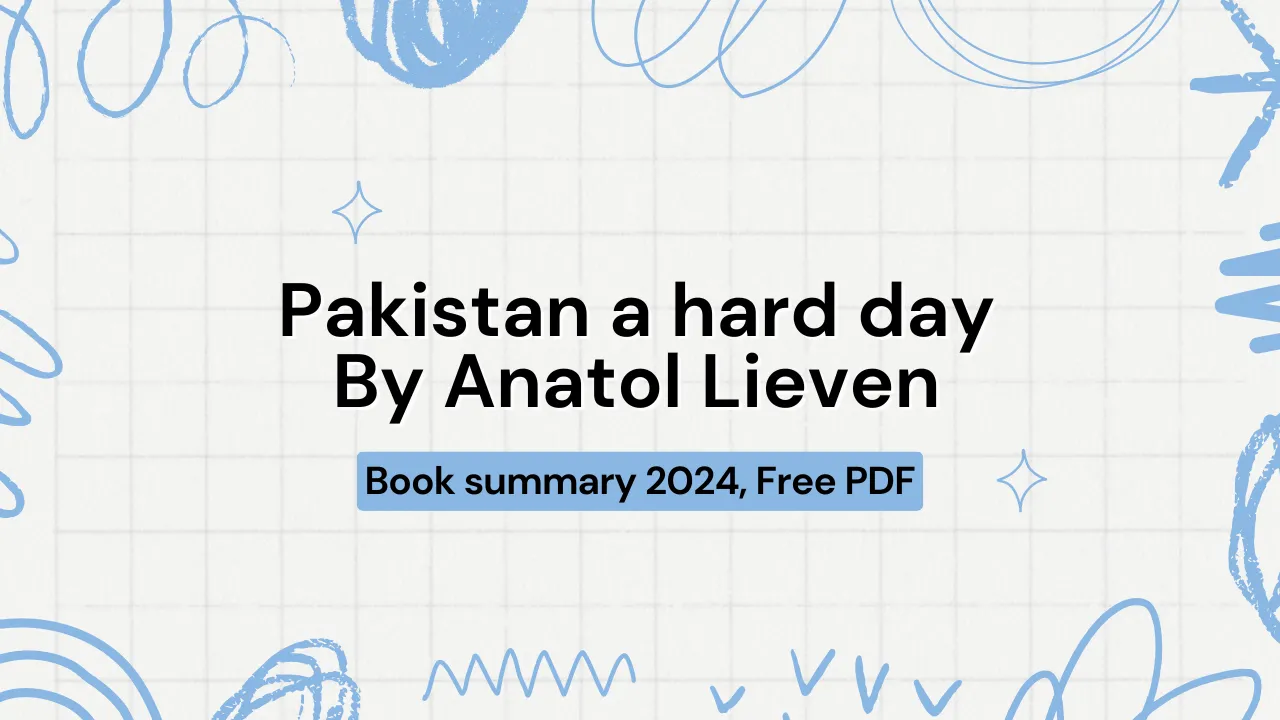
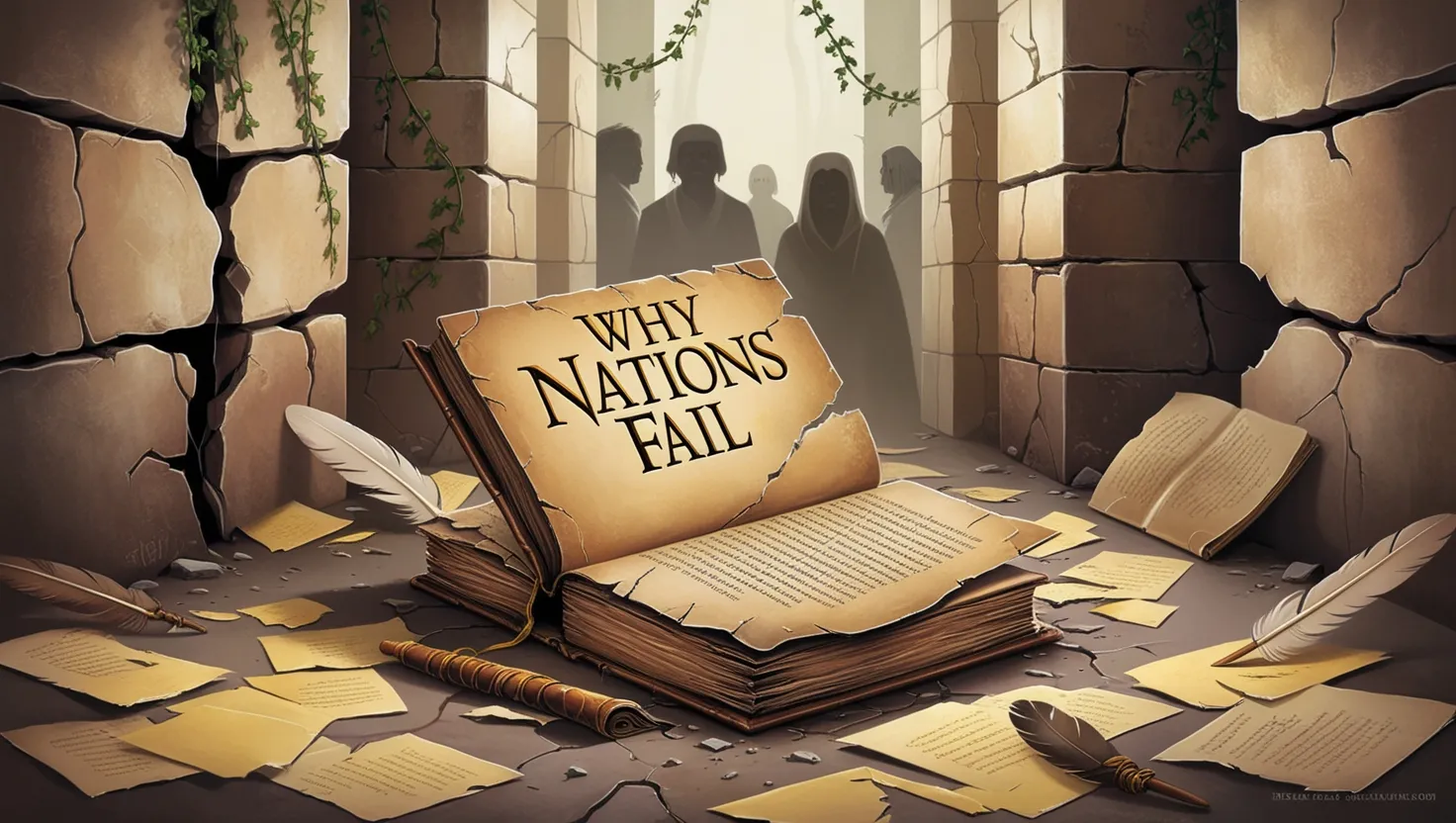
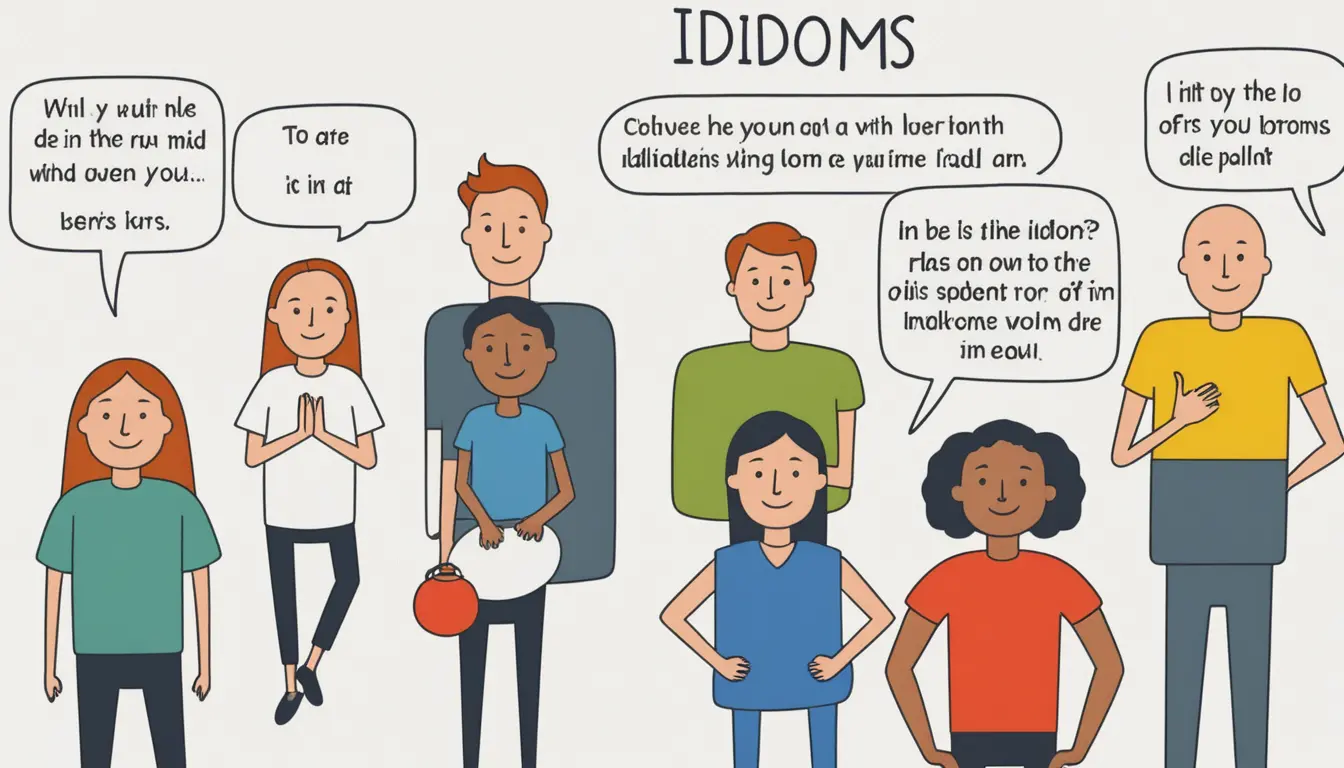

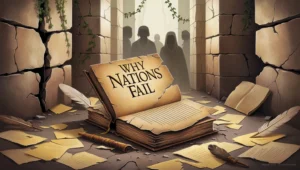






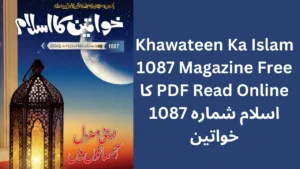

Post Comment